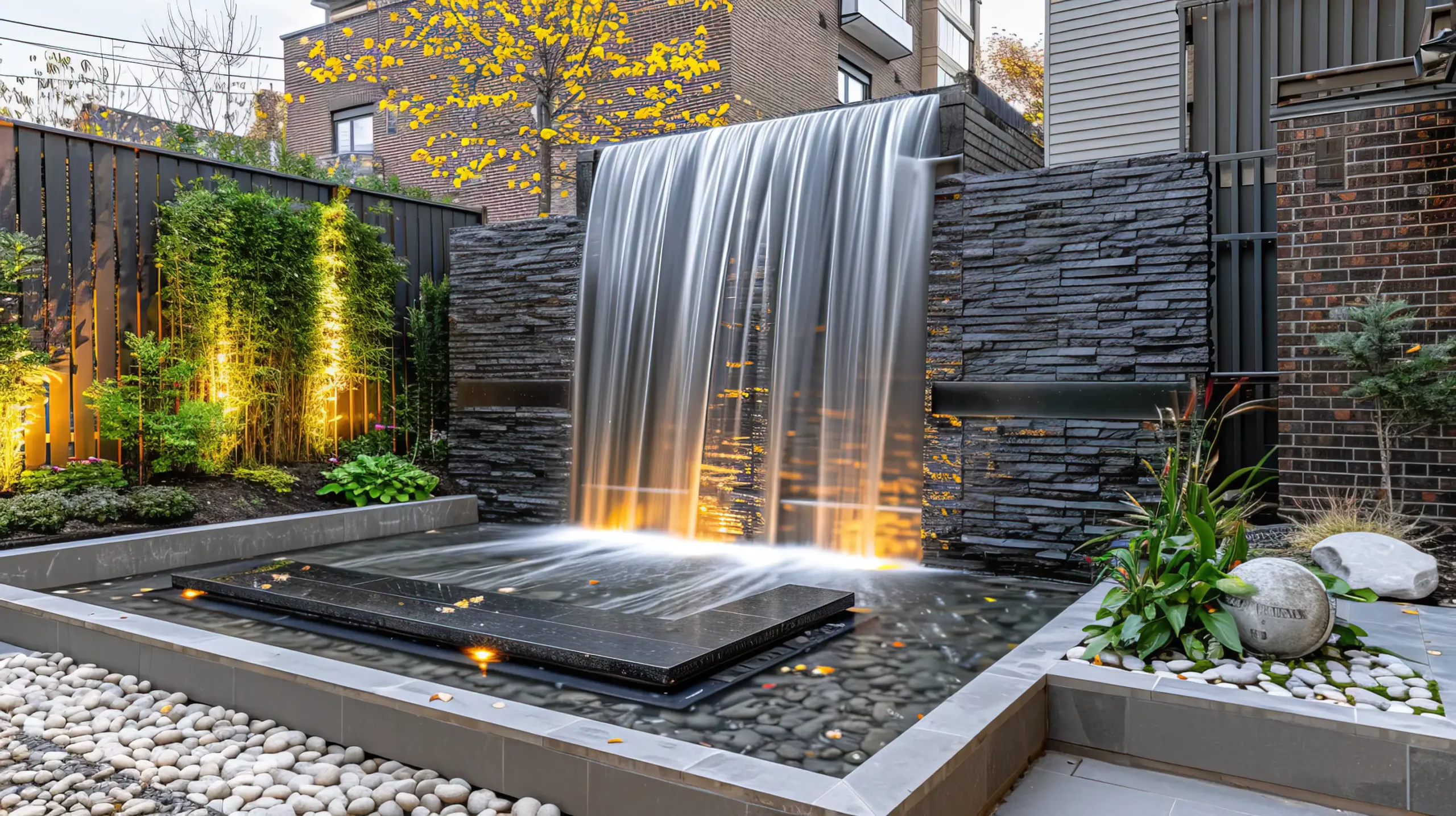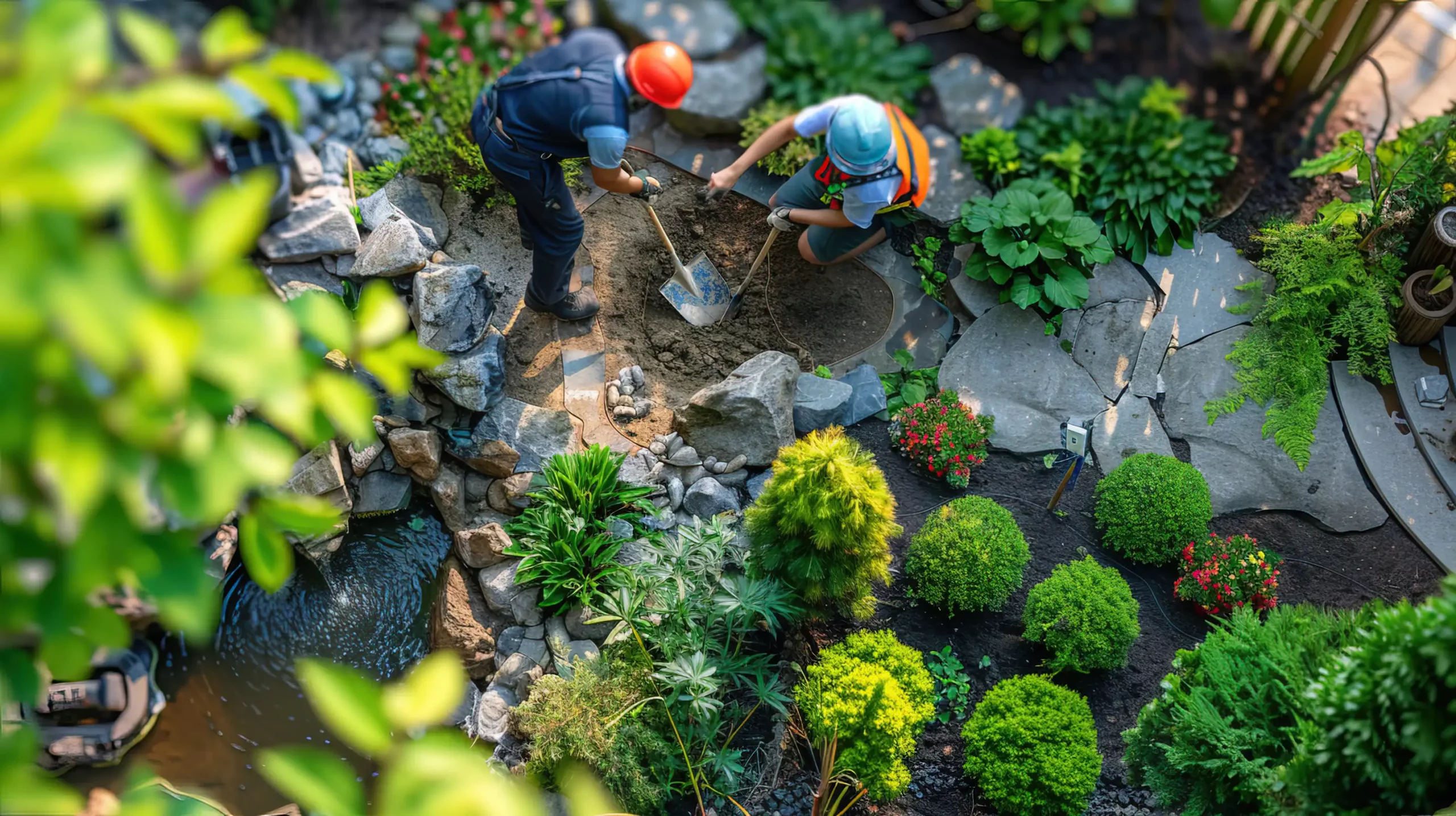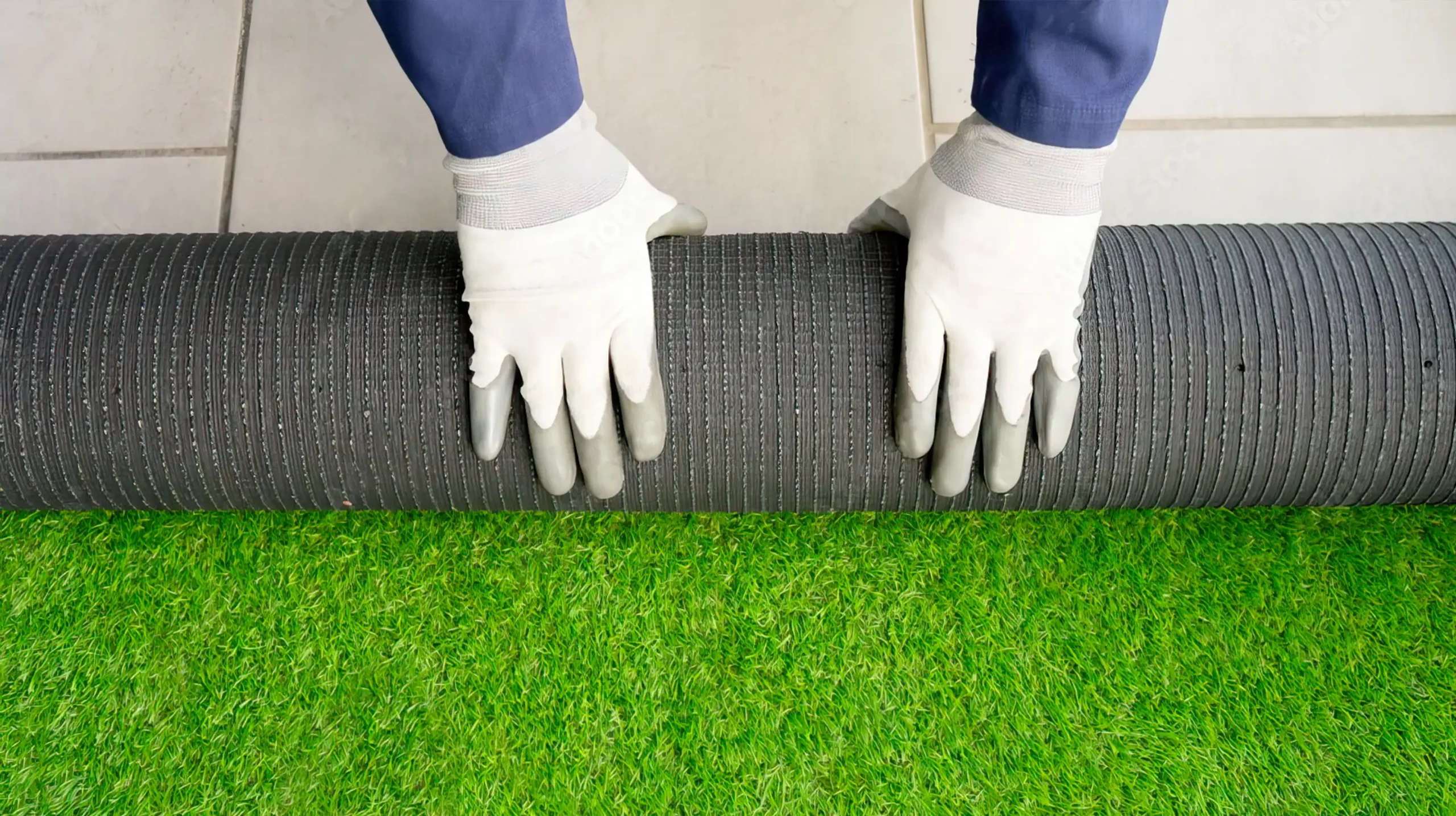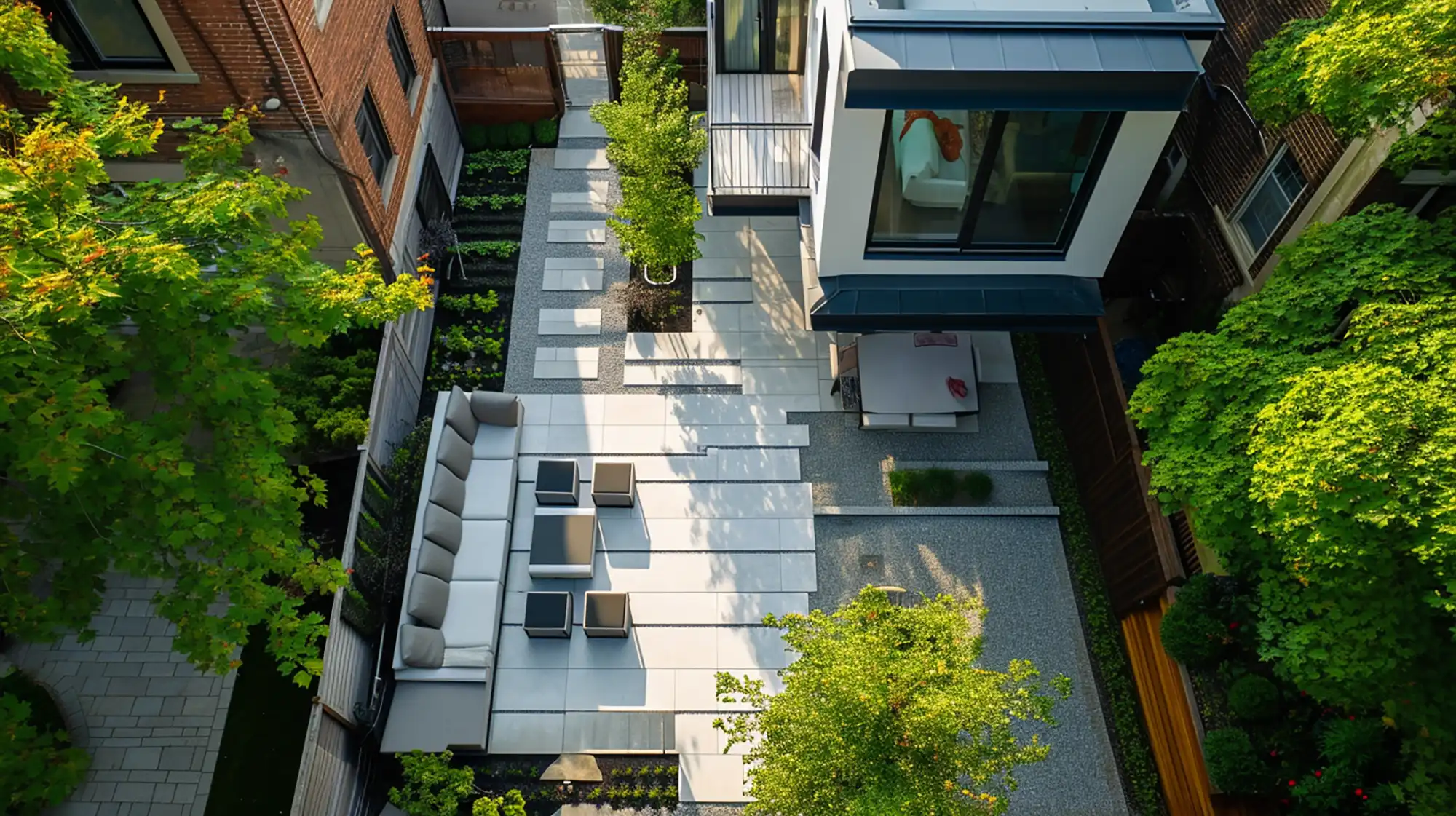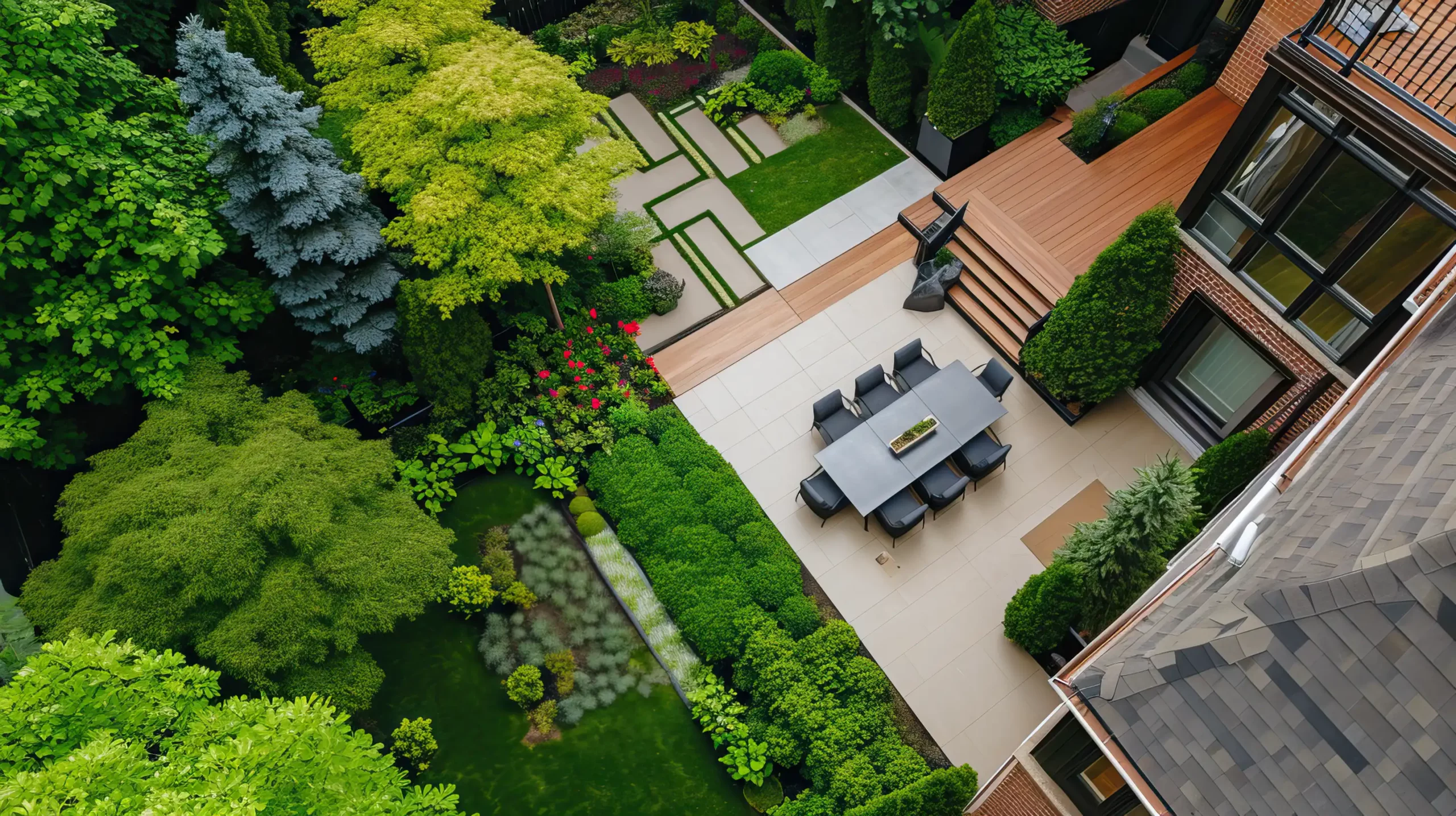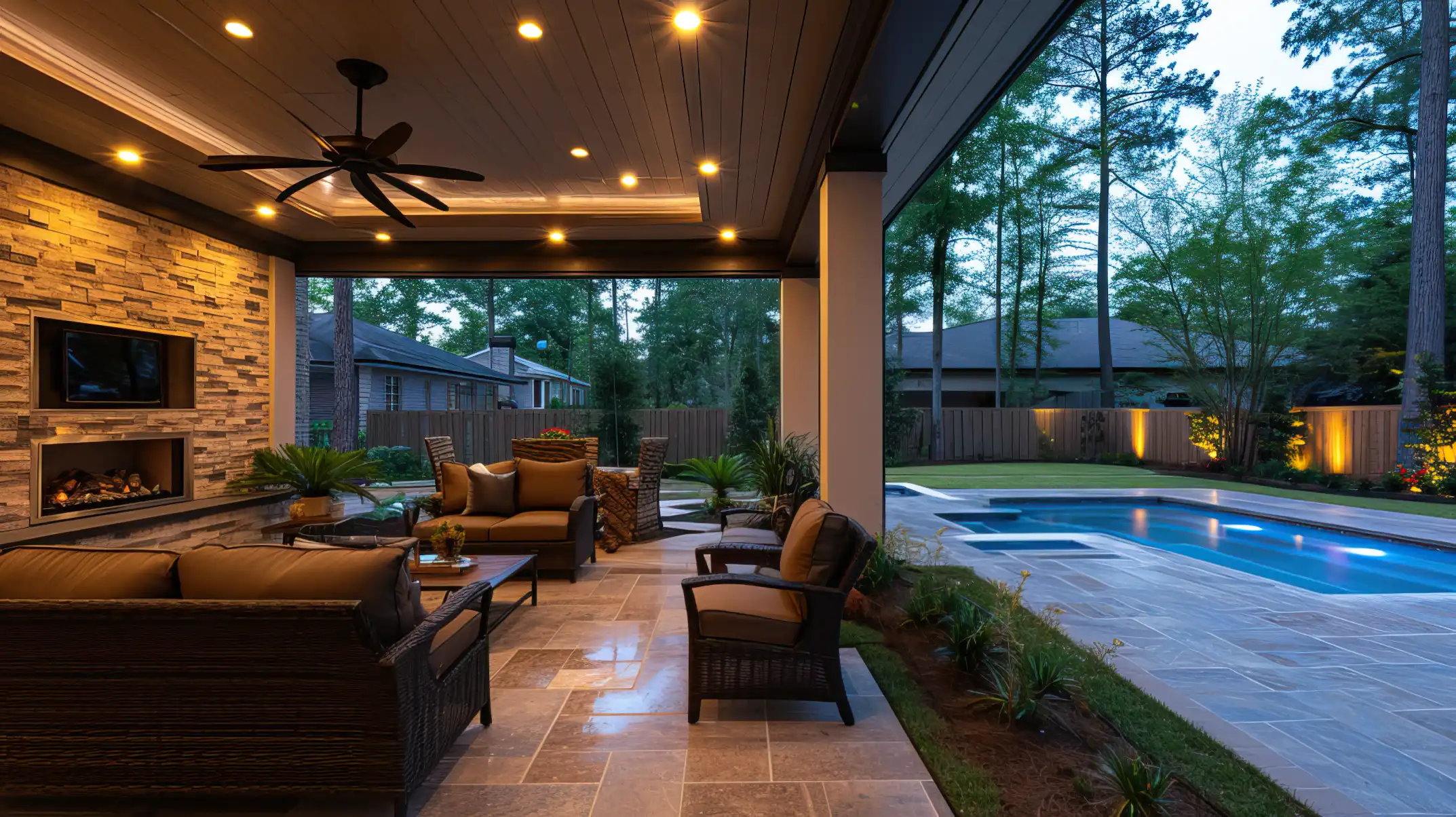Innovative Solutions for Structural Concerns in Deck Construction
Discover cutting-edge technical solutions and innovative approaches for addressing structural concerns in deck construction after installation.
There’s nothing quite like spending a summer evening relaxing on your deck, surrounded by the beauty of nature and the warmth of good company. However, it’s crucial to construct your deck with safety and longevity in mind before you can fully enjoy your outdoor oasis. A structurally sound deck not only provides peace of mind but also enhances the overall aesthetic and functionality of your outdoor living space. In this article, we’ll explore innovative solutions to common structural concerns, equipping you with the knowledge to build a deck that stands the test of time.
Proper Ledger Board Attachment: The Foundation of a Secure Deck
The ledger board serves as the backbone of your deck, connecting it securely to your home. Proper ledger board attachment is not just a matter of aesthetics; it’s a critical safety measure that prevents deck failures and potential injuries.

Fastening with precision
When it comes to attaching the ledger board, using the right fasteners is paramount. Corrosion-resistant lag bolts or through-bolts provide the necessary strength and durability to endure the weight of the deck and natural forces. For years to come, these fasteners will securely anchor your deck, guaranteeing your safety and peace of mind.
Waterproofing for longevity
Moisture is a deck’s worst enemy, and the ledger board is particularly vulnerable to water damage. Proper flashing is essential to divert water away from the ledger board and prevent rot or mold from taking hold. Consider installing metal or vinyl flashing above and behind the ledger board or using self-adhering flashing tapes to create a waterproof barrier. By keeping moisture at bay, you’ll extend the lifespan of your deck and protect your investment.
Building to code
Following Ontario building codes isn’t just a legal requirement; it’s a guideline that ensures your deck meets the highest safety standards. These codes outline the appropriate materials, fasteners, and flashing and provide instructions on how to secure the ledger board to various home structures. Following these regulations ensures the durability of your deck against the local environment’s challenges.
Robust beam-to-post connections: the backbone of a sturdy deck
The connection between the deck’s beams and supporting posts is a critical junction that determines the overall stability of your structure. A weak or improperly constructed connection can lead to potentially dangerous shifts or even collapse.
Securing with metal
Metal connectors or brackets are the solution for a rock-solid beam-to-post connection. These fittings are designed to handle the load paths and prevent post-displacement, keeping your deck aligned and stable. By securely anchoring the beam to the posts, you can enjoy your outdoor space with confidence, knowing that your deck can withstand the elements and the weight of your guests.
Proper fastening techniques
In addition to using metal connectors, it’s essential to employ the right fasteners when securing the beam to the posts. Corrosion-resistant hardware, such as stainless steel or galvanized bolts, will prevent rust and deterioration, ensuring a long-lasting connection. Follow the specific requirements of your project to determine the appropriate screws, bolts, or nails for fastening the beam to the posts.
Freestanding Deck Design
A Creative Alternative In some cases, attaching a ledger board to the house may not be feasible or desirable. Enter the freestanding deck design—a self-supporting structure that stands independently from your home. You can build these decks on uneven land and enjoy more creative freedom in design, enabling you to create an outdoor space that seamlessly integrates with your home or patio. While freestanding decks require meticulous planning and construction, they can add a unique flair to your outdoor living area.
Proper Joist Sizing and Spacing: Preventing Sagging and Failure
The joists are the backbone of your deck’s surface, supporting the weight of furniture, foot traffic, and Mother Nature’s elements. Ensuring proper joist sizing and spacing is crucial to preventing sagging or failure and preserving the integrity and appearance of your deck.Adhering to industry guidelines
When it comes to joist sizing and spacing, it’s essential to follow guidelines from reputable sources. One such source is the Residential Deck Construction Guide from the American Wood Council.These guidelines consider factors such as deck dimensions and the weight it will support. They also take into account the type of material used in construction.For example, metal joists can typically span several more feet than a standard wooden joist, providing greater flexibility in design.
Spacing for stability
The distance between each joist is typically measured from the center of one joist to the center of the next. This measurement plays a crucial role in the deck’s stability.Usually, we space standard residential decks 16 inches from the center, but this can vary based on the deck’s size, shape, and expected load. Maintaining consistent spacing guarantees the deck boards receive equal support, enhancing the surface’s longevity and averting unsightly sagging or cracking.
Building to code is a necessity, not an option.
As with any construction project, it’s essential to adhere to local building codes when determining joist sizing and spacing. Your area’s environmental demands and construction standards influence the design of these regulations, which prioritize safety. Consulting with your local building department ensures that your deck meets all required standards, giving you peace of mind and protecting your investment.
Adequate Lateral Bracing: Preventing Sway and Racking
Even the most well-constructed deck can be susceptible to lateral forces, such as wind or the weight of heavy objects. Adequate lateral bracing is crucial to prevent racking and lateral movement, ensuring your deck remains stable and secure.
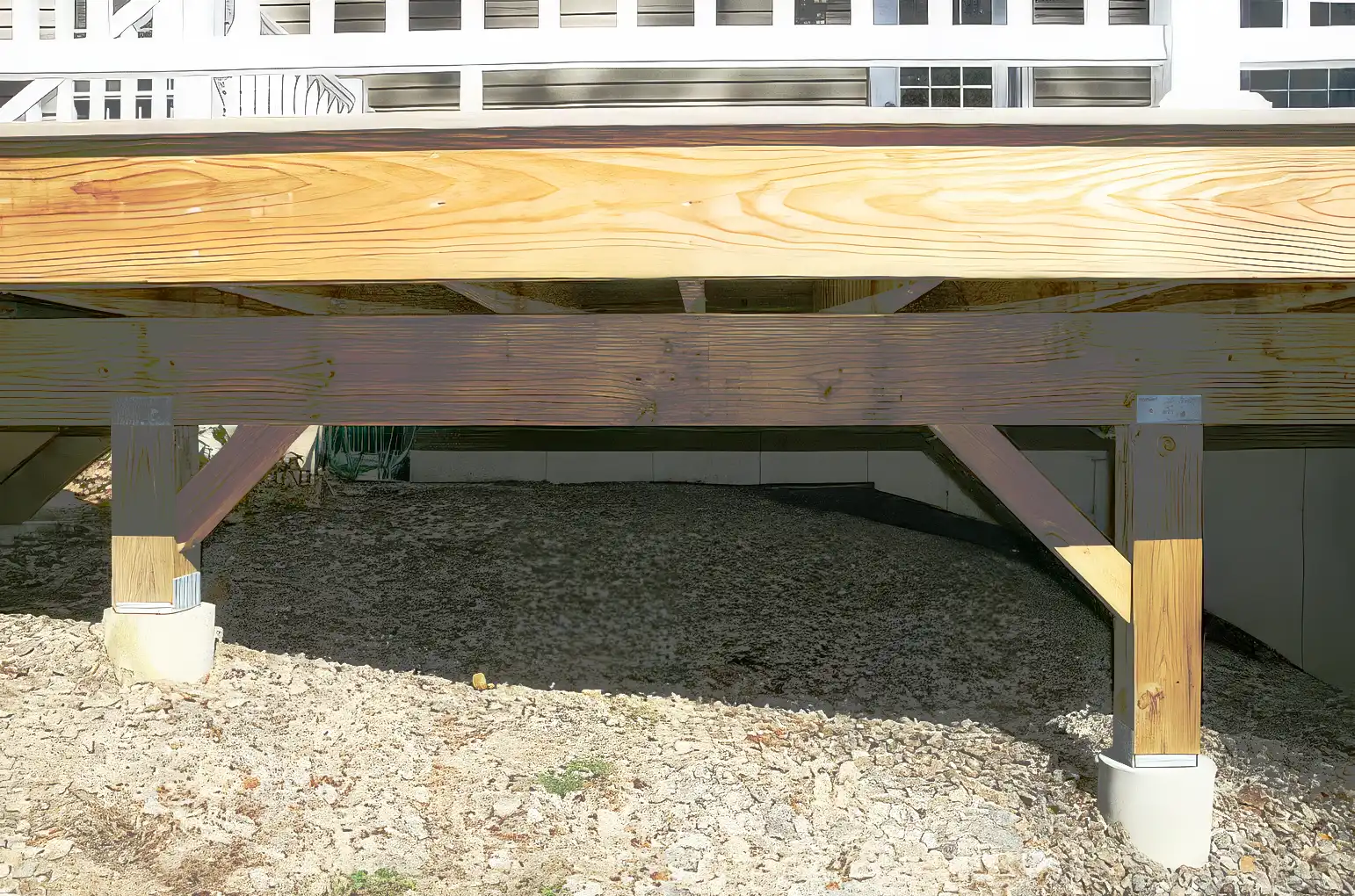
Installing Sway Braces
Sway braces are an effective way to provide additional support and stability to your deck structure. Install these braces both parallel and perpendicular to the beam, bolting one end to the post and the other to the beam. By distributing loads more evenly and reinforcing the deck’s structure, sway braces can help prevent dangerous swaying or tilting.
Bracing the Home Structure
If your deck is attached to your house, consider bracing it to the home structure using brackets, tension ties, or hold-down tension devices. This can enhance stability and safety for your deck. This additional anchoring helps resist lateral movement, providing an extra layer of security and peace of mind.
Diagonal bracing for freestanding
Decks For freestanding decks, adequate diagonal bracing is essential to prevent racking and lateral movement. This can be achieved by installing 2×4 or 2×6 braces from posts to beams, metal “T” bracing, or other approved methods. By incorporating comprehensive bracing, you can ensure that your freestanding deck remains stable and safe for years to come.
Robust Post Foundations: A Solid Base for Your Deck
A deck is only as sturdy as its foundation. Proper post foundations are critical to ensuring the stability and longevity of your outdoor living space.
Concrete footings are sized for strength.
You should size concrete footings based on the soil conditions and the weight they will bear. These footings act as the base for your deck, transferring the load from the structure to the ground and preventing it from sinking or settling. Consulting with a professional or following local building codes can help you determine the appropriate footing size for your project.
Avoiding direct soil contact
Direct burial of posts in the soil can lead to moisture-related problems, such as rot or insect damage. Instead, position the posts above the footing or embed them in a concrete footing, ensuring the bottom of the post remains above ground level to avoid soil contact. This simple precaution can significantly extend the lifespan of your deck’s posts and ensure the overall integrity of the structure.
Posts are secured with corrosion-resistant hardware.
To create a strong and durable connection between the post and the footing, it’s essential to use corrosion-resistant hardware. Galvanized or stainless steel bolts, screws, or other fasteners are crafted to endure exposure to the elements. They prevent rust and uphold the structural integrity of the connection for the long term.
Enhance your home with a durable deck from The Deck Store.
Constructing a deck is not merely about enhancing your outdoor living space; it represents a significant investment in your home and lifestyle. At The Deck Store, we understand the intricacies involved in building decks that are as safe as they are appealing. By tackling common structural issues and employing cutting-edge solutions, we ensure that every deck we build is not only stunning. It also embodies the utmost in safety and stability. Trust in our expertise to deliver a deck that will endure through the years, adding value and enjoyment to your home. Ready to transform your outdoor space with a deck that stands the test of time? Contact The Deck Store today to discuss your project and learn how our professional decking solutions can bring your vision to life.
Key Takeaways:
- Ensuring that the ledger board is properly attached to your home is critical for ensuring deck stability and safety.
- Fastening with Precision: Use corrosion-resistant lag bolts or through-bolts to maintain the integrity of the deck against weather and weight.
- Waterproofing for Longevity: Implementing effective flashing methods protects the ledger board and prolongs the life of your deck.
- Building to Code: Adherence to local building codes guarantees that your deck meets safety standards and withstands local environmental conditions.
- Robust Beam-to-Post Connections: Secure connections between beams and posts are critical for your deck’s structural reliability.
- Proper Fastening Techniques: Using the right fasteners, such as corrosion-resistant screws and bolts, ensures long-lasting connections.
- Freestanding Deck Design: Freestanding decks offer design flexibility and can be a viable option.
- Proper Joist Sizing and Spacing: Correctly sized and spaced joists are essential.
- Following Industry Guidelines: Guidelines from reputable sources help determine appropriate joist sizing and spacing.
- Building to Code: To ensure safety and compliance, always build according to local building codes.
- Adequate Lateral Bracing: Installing sway braces and other bracing options helps prevent deck movement and ensure stability.
- Robust Post Foundations: Strong foundations are crucial for long-term deck stability and durability.
- Concrete Footings: Sized correctly for the soil and load conditions, concrete footings provide a solid base for your deck.
- Avoiding direct soil contact: Keeping posts above ground level prevents moisture damage and extends the life of your deck.
- Securing Posts with Corrosion-Resistant Hardware: Over time, durable hardware helps to maintain the deck’s structural integrity.
Additiolal resources:
Ontario Building Code
https://www.ontario.ca/page/ontarios-building-code
New Deck Connection and Fastening Guide
https://www.strongtie.com/resources/literature/deck-connection-fastening-guide
How to Install & Build Deck Footings
https://www.decks.com/how-to/articles/how-to-build-deck-footings

